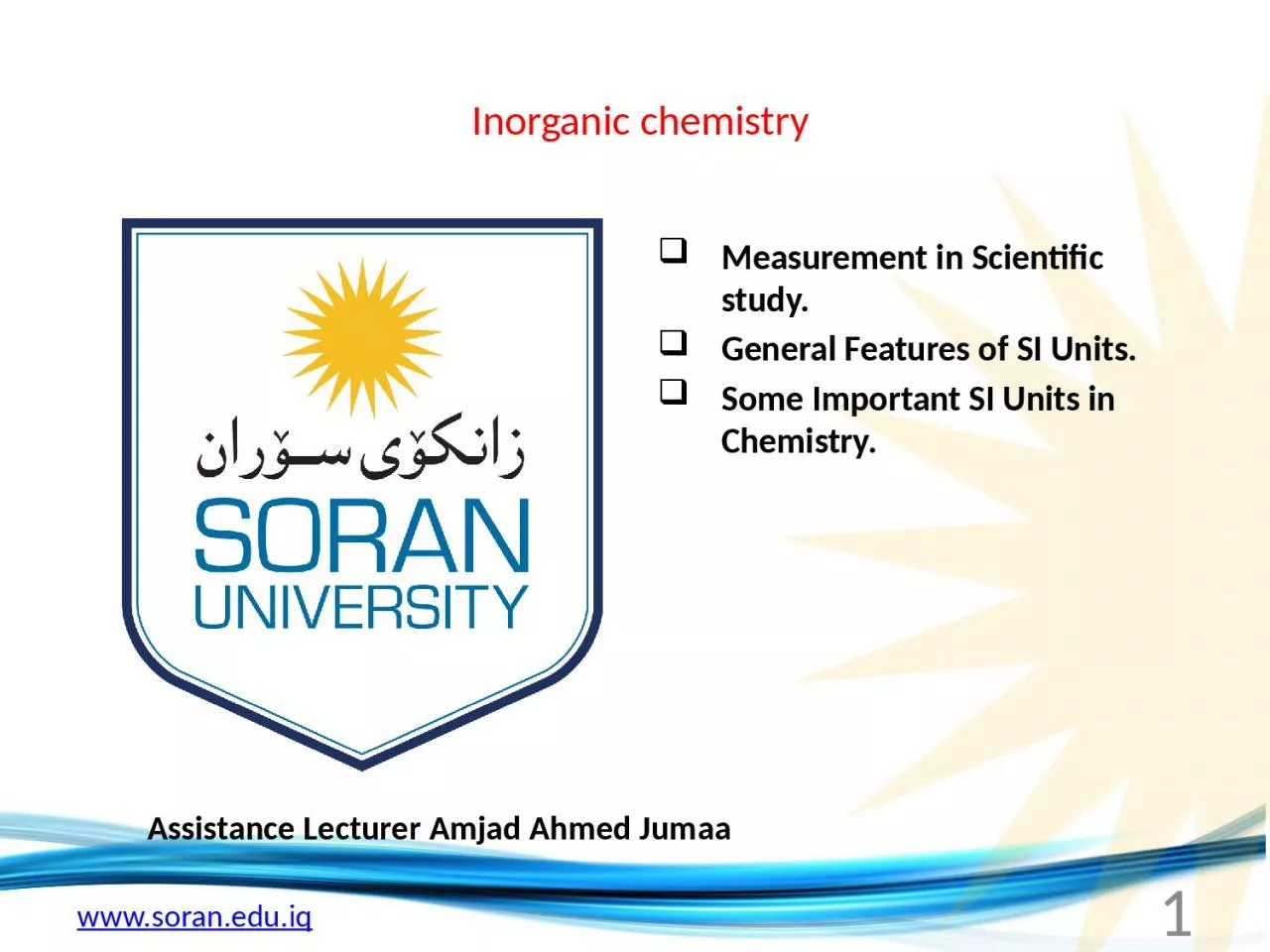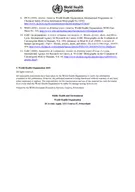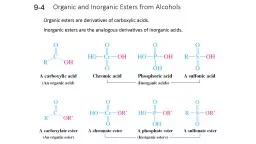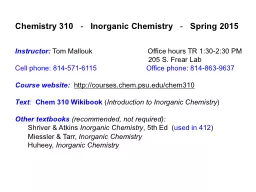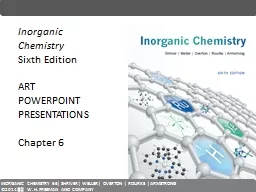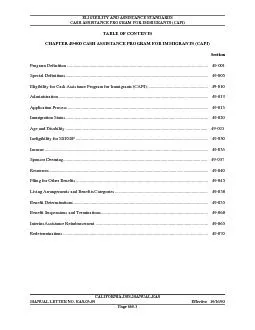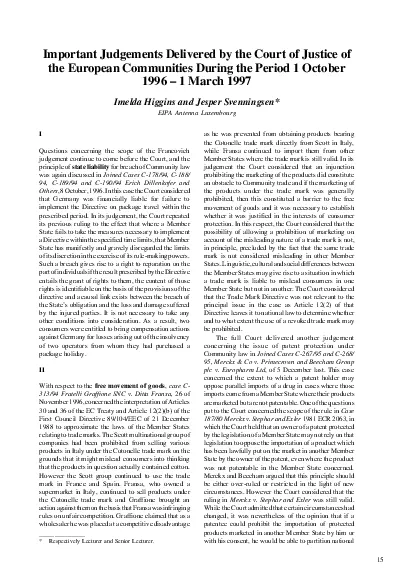PPT-Inorganic chemistry Assistance Lecturer
Author : naomi | Published Date : 2024-01-29
Amjad Ahmed Jumaa Measurement in Scientific study General Features of SI Units Some Important SI Units in Chemistry 1 General Chemistry Chemistry A science
Presentation Embed Code
Download Presentation
Download Presentation The PPT/PDF document "Inorganic chemistry Assistance Lecturer" is the property of its rightful owner. Permission is granted to download and print the materials on this website for personal, non-commercial use only, and to display it on your personal computer provided you do not modify the materials and that you retain all copyright notices contained in the materials. By downloading content from our website, you accept the terms of this agreement.
Inorganic chemistry Assistance Lecturer: Transcript
Download Rules Of Document
"Inorganic chemistry Assistance Lecturer"The content belongs to its owner. You may download and print it for personal use, without modification, and keep all copyright notices. By downloading, you agree to these terms.
Related Documents

